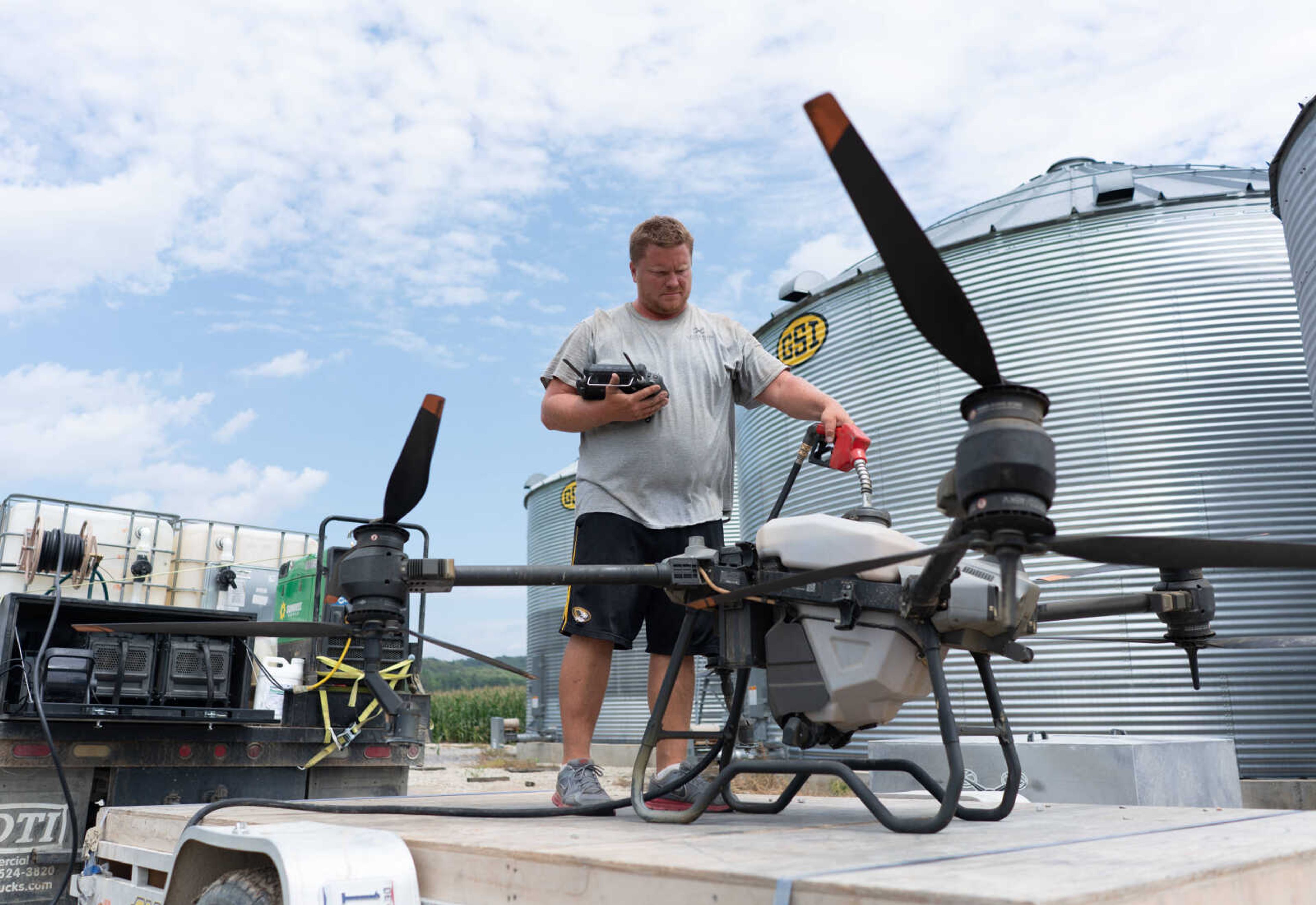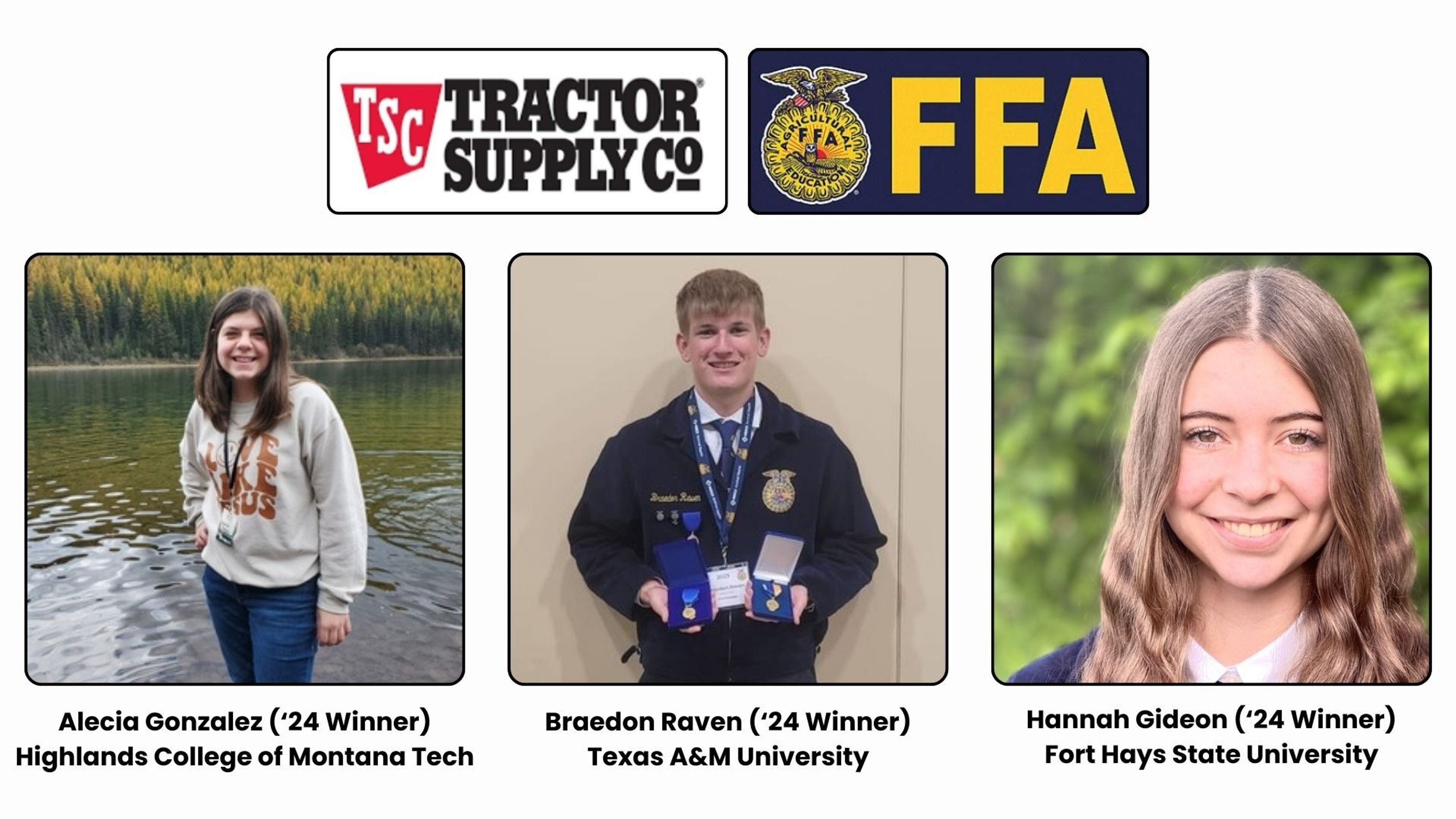How technology is shaping agriculture in Southeast Missouri and beyond
Advances in agricultural technology serve one purpose: Efficiency. Behemoth machines traverse fields — mostly by themselves. Sensors track myriad elements, from soil density to crop moisture. Drones are even in the mix, in some instances. Each type of technology
Advances in agricultural technology serve one purpose: Efficiency.
Behemoth machines traverse fields — mostly by themselves. Sensors track myriad elements, from soil density to crop moisture. Drones are even in the mix, in some instances. Each type of technology wrings out every possible efficiency to increase yields, lower input costs and conserve resources.
And farmers just a generation ago couldn’t imagine them.
No more digging in the dirt
Agricultural technology is nothing new. Horse-drawn implements gave way to steel-wheeled combustion engine tractors. Farming methods changed over time.
According to Bayer, a global player in agricultural biotechnology, a “Green Revolution” in the 1960s, led to a truly revolutionary change in 1974, with the release of Roundup Herbicide. Roundup was — and still is, to a lesser degree — a lethal herbicide. The problem? It was too effective and limited farmers to the types of crops they could grow on land where it had been applied.
This began to change in the 1980s with scientists creating the first genetically modified crop varieties. Monsanto was among the leaders in this field, and GMO varieties would hit the market in the 1990s. Roundup-ready varieties of corn and soybeans allowed farmers to use the effective herbicide with all of their crop rotations. A game-changer. Since then, giant leaps have been made using satellite technology and data harvesting, providing farmers with information previously unavailable.
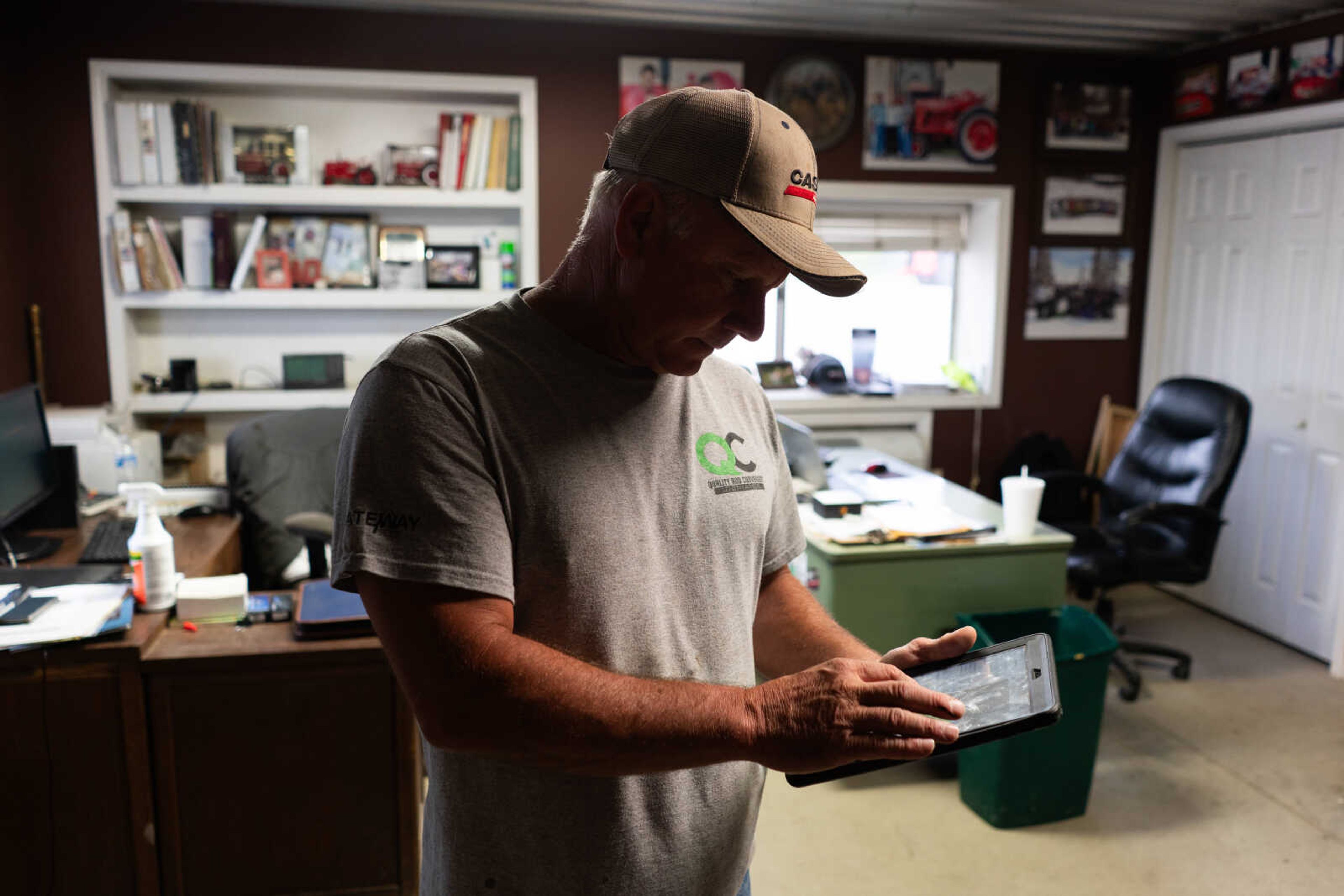
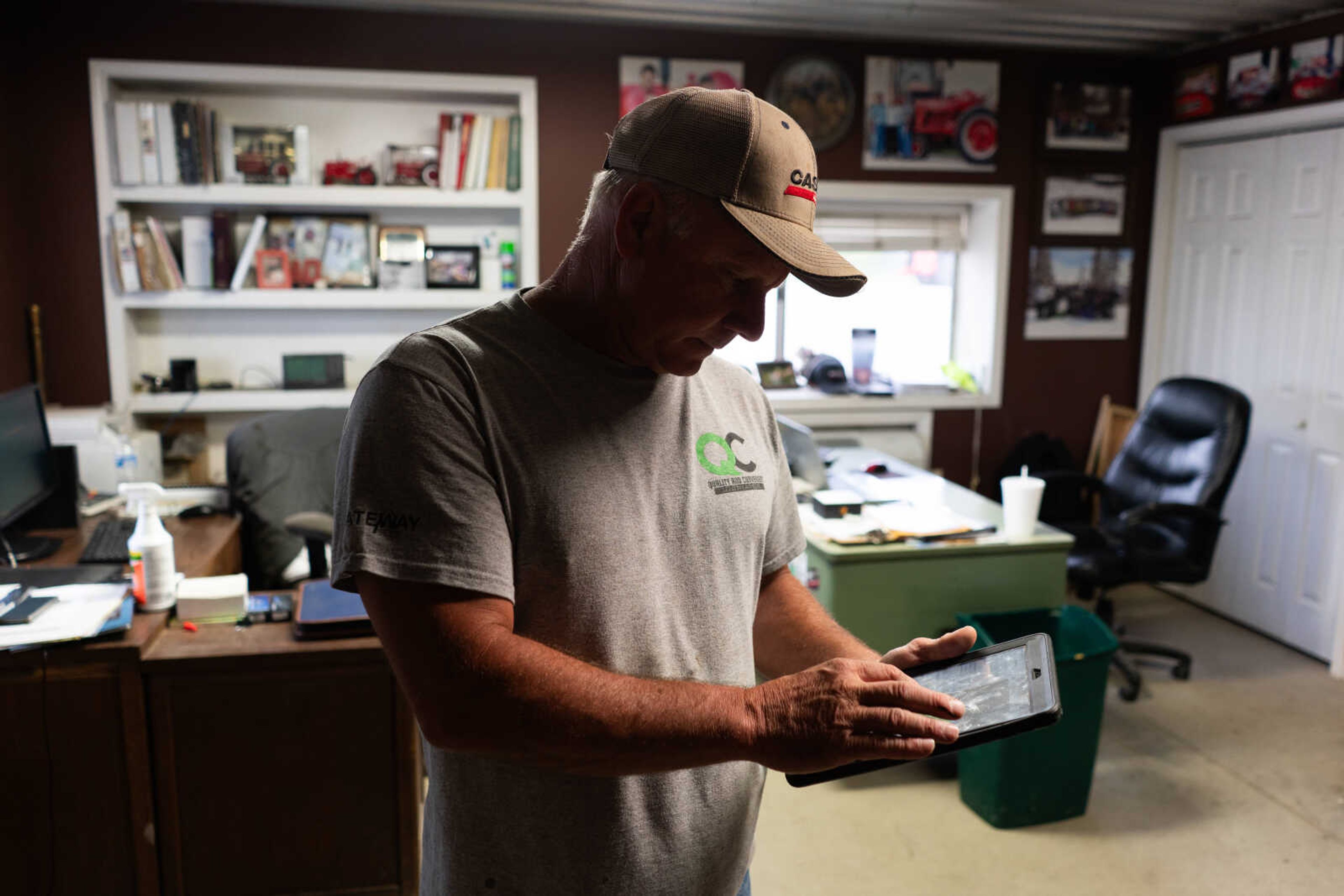
Back when two-wheel-drive tractors and eight-row planters were the norm, ensuring proper seed depth was a manual process. Every few passes through a field, the farmer would clamber down from his perch to dig in the dirt, a few feet along several rows. If necessary, he would adjust the planter. But this process generally did not account for varying soil density across a given field, and the manual controls were not all that precise, leading to uneven stands — seeds in some areas of a field would emerge before others.
This might not seem like a huge problem, but come harvest time, overripe crops could burst out of their husks, while underripe crops could result in a lower price at market or increased postproduction costs. Today’s “precision agriculture” equipment sense soil density as the planter covers the field, adjusting seed depth to ensure a uniform stand.
Combines — the machines that harvest crops — come with their own technological wonders. Sensors from front to back monitor yields, crop moisture and other variables and automatically adjust settings to maximize yield. This automation replaces the manual, dangerous, time-consuming processes farmers used for decades. Today’s machines also generate yield maps farmers use to determine seed usage and fertilizer needs for next year’s crops.
David Reinbott, field specialist in agricultural business with Scott County Cooperative Extension Service, heralded today’s agricultural equipment and other technology.
“With the GPS and yield monitoring on combines, a farmer can know almost instantly if a herbicide, fertilizer or a crop protection product was effective and economical,” he noted. “The newer planters are developed to be more precise in seed placement and plant at faster speeds. There are technology products that allow farmers who irrigate to turn on and off irrigation pumps by an app.”
Patrick Seyer of Oran, Missouri, who farms about 3,500 acres with his brother, Terry, and nephew, Caleb, said advances in equipment have made producers much more efficient. High-speed planters are especially useful.
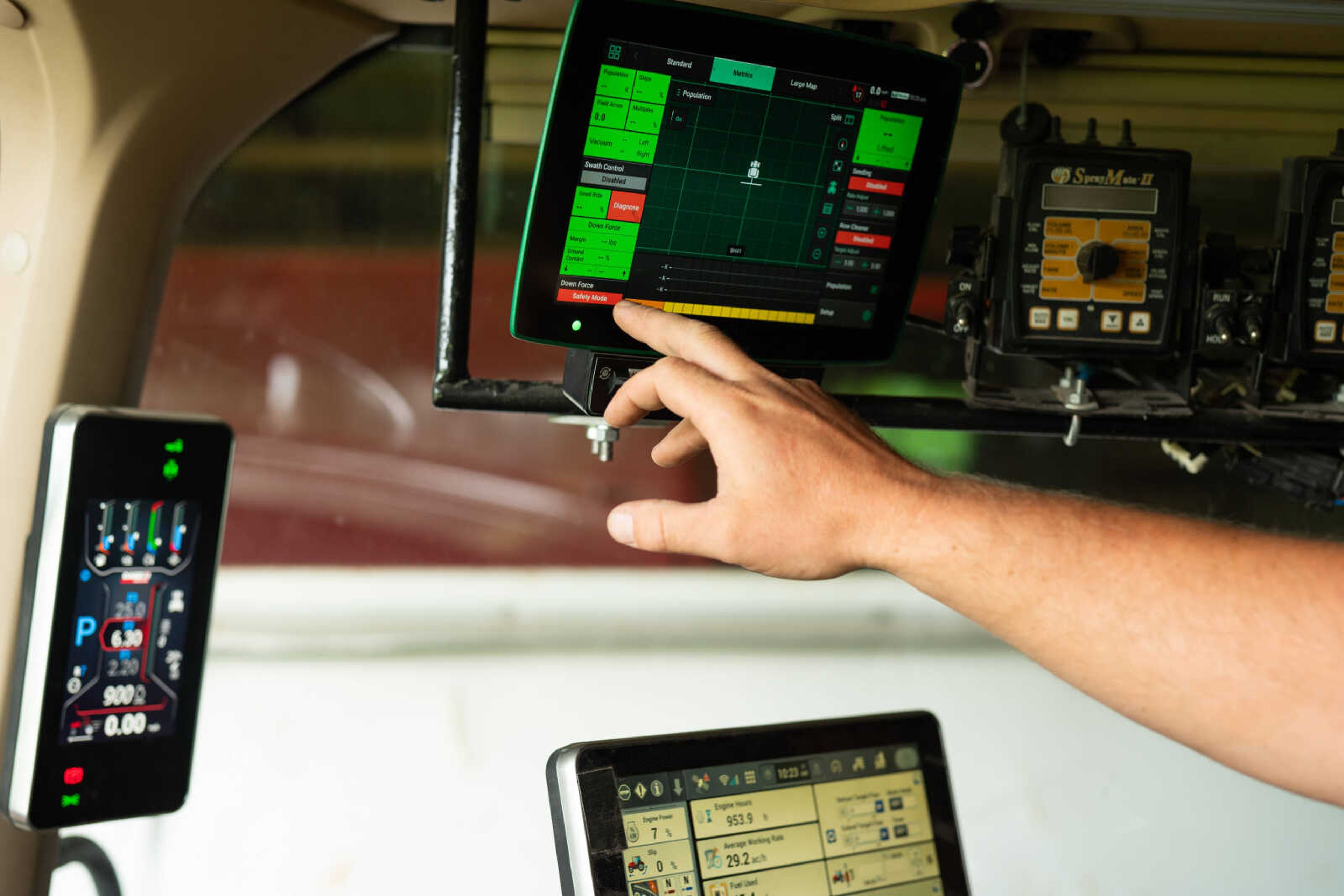
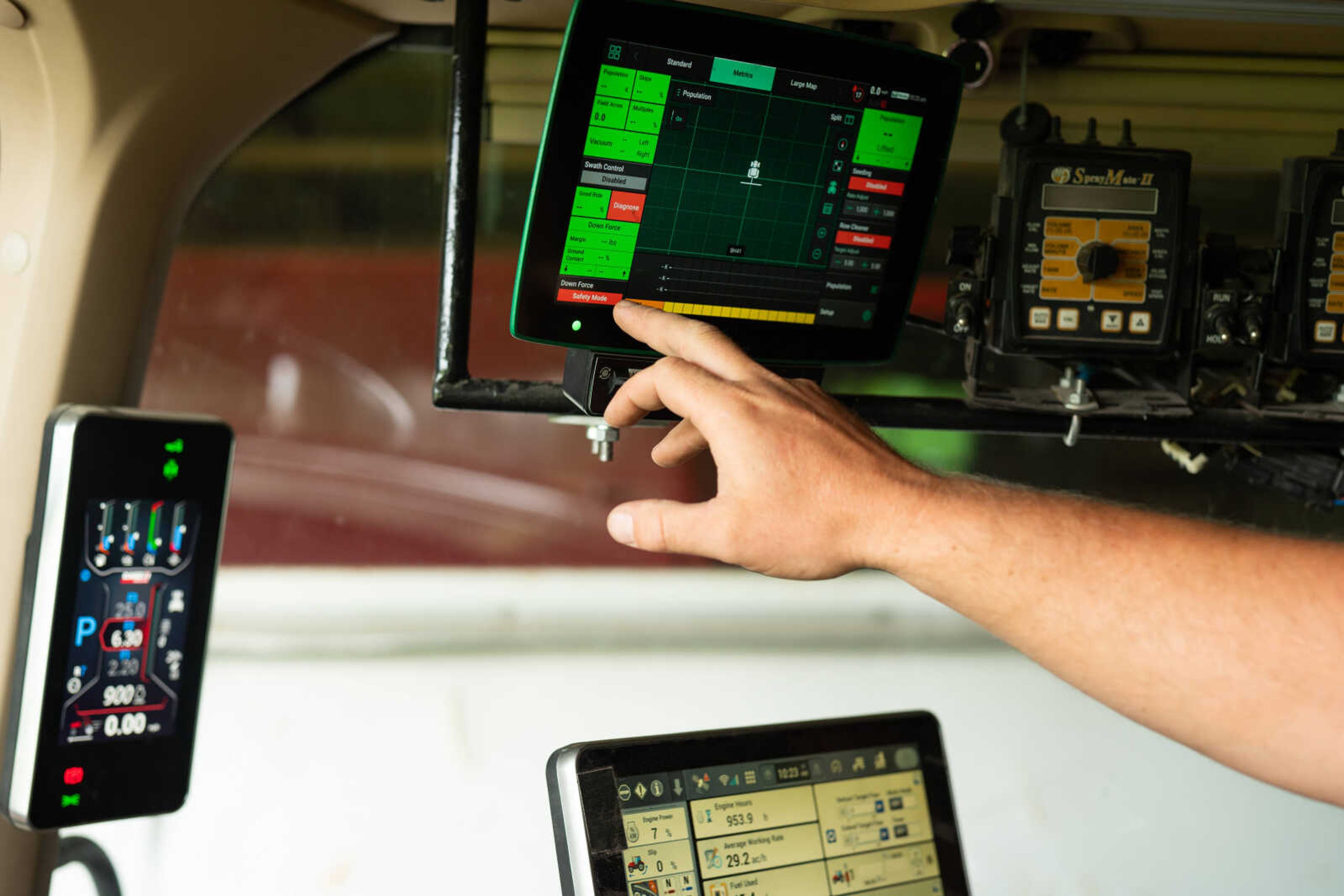
“They can go so far as to tell you seed-to-soil contact. Perfect emergence is what you’re after,” he explained. “Now as you are going through the field, you get some soils that are softer and some are harder. Your planter will adjust its down pressure, so you get that precise depth you want.”
Stephen Plunk, sales manager at Merlin Equipment Co. in Charleston, Missouri, said technology in today’s agricultural equipment includes economies of scale. A 700-horsepower tractor will allow a producer to pull a 60-foot-wide piece of equipment, such as a disk harrow, across a field at 13 to 14 mph.
“You can go across 50 or 60 acres per hour. You can do as much in an hour as we used to do in a day,” he noted.
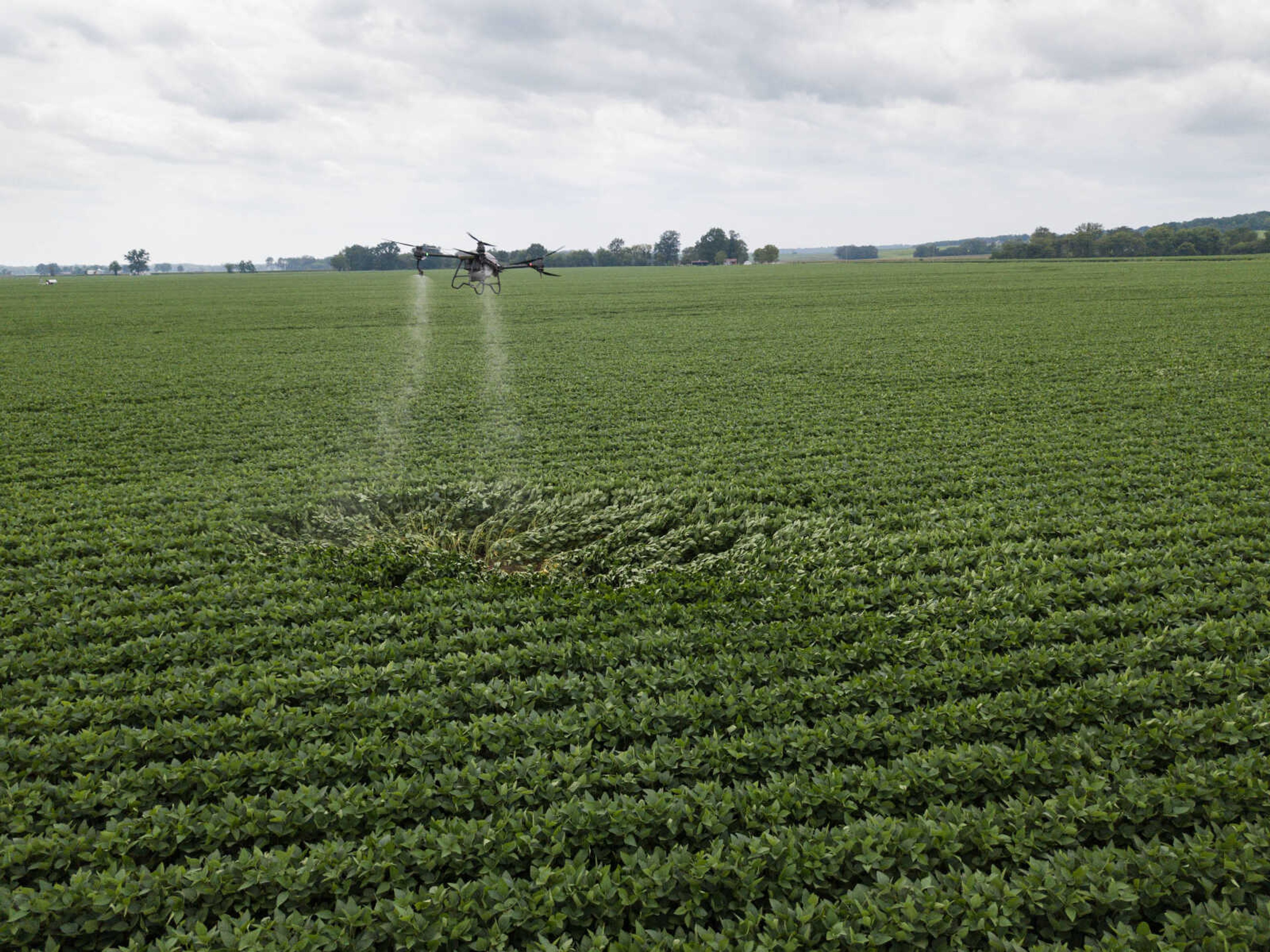
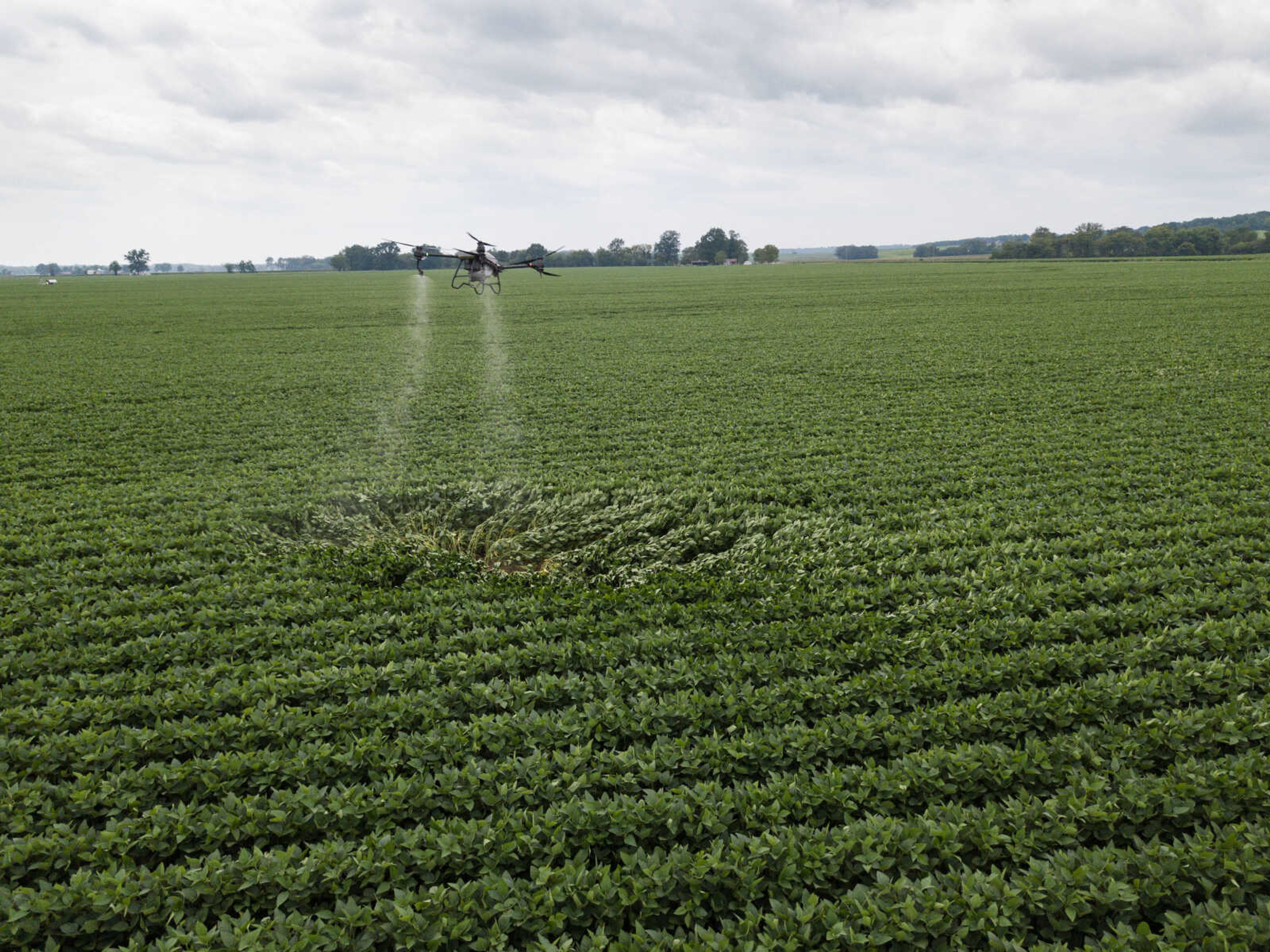
Today’s GPS-equipped tractors drive themselves across a field, with an operator only necessary to turn around at the end of a field. The benefit to this technology is virtually no overlap between passes, reducing the number of passes necessary to till a field, thus reducing fuel use and, importantly, time.
“You get the maximum amount of tillage,” Plunk said.
What’s on the horizon?
In some areas, where fields are smaller, aerial applicators are using drones to deliver herbicides. Drones don’t work as well on larger fields, where airplanes and wide-winged tractors/trucks are still the standard, but even those delivery systems now employ GPS to ensure maximum coverage efficiency.
“Planes can spray more in an hour than a drone can spray in two days. These guys with cotton and rice, you have to hit it now. You can’t wait,” Plunk said. “Crops like alfalfa, corn, smaller fields, they can use drones up north.”
Seth Verseman of Verseman Aerial Applications LLC, based in East Perry County, saw the use of drones in farming as a good business opportunity. He started his business three years ago, leaving a career in the hospitality industry. His brother Aaron sells seeds and helped get him get started.
Verseman uses a DJI Agras T40 drone. It's capable of carrying 40 liters or a little more than 10 gallons of chemicals at a time. It's also capable of spreading seed for cover crops.
Verseman programs the flight path, and then the drone is guided by GPS, returning home every few minutes to refill the tank and swap batteries, which are constantly being charged by a portable generator.
Fungicides are applied when crops are closer to maturity. With corn, fungicides are typically applied after the plant is tall and tassels have emerged. Verseman said aerial application saves plants from damage by the sprayer and saves the operator from the dangers inherent in low-altitude flight.
Plunk speculated fully autonomous equipment would be the next big leap.
“They are going to be able to operate themselves, and one man can oversee five, six, seven, eight, 10 of these machines running in a field together,” he said. “It’s here, but the cost is enormous at this point. The technology is here. They just haven’t gotten the feasibility. It’s probably 10 years out from it really being seen a lot.”
These aren’t your grandfather’s seeds
Crop varieties resistant to certain herbicides and those with shorter growing seasons have changed how farmers rotate crops and adjust their planting and harvesting seasons.
According to Reinbott, soybean varieties are plantable in March and have shown to produce higher yields than varieties planted later, when moisture levels may be lower just as the plants are putting on pods.
“Thirty to 40 years ago, farmers planted maturity group 5 soybeans, and now it’s more mid-4s and late 3s. The goal for maximal yield is to get the soybeans blooming on the longest day of the year, or the first day of summer, June 21,” he said.
And yields have gradually risen.
Plunk said cotton, soybean and corn yields have doubled or tripled over the years.
“When I was farming in the ’90s, a bale to the acre was good cotton, and if you were getting close to two-bale cotton, you were king of the neighborhood. Now, two bales is pretty much what you have to have to break even. Some people are even making four-bale cotton,” he noted.
Soybean yields have doubled in a generation, and the shorter-growing-season varieties are allowing producers to double-crop each year. Plunk said farmers are able to plant soybeans and cotton behind potatoes, which was not the historic norm. Farther south, some farmers are able to raise two crops of rice in one growing season.
Corn yields have also risen tremendously, Plunk said, estimating that 300 bushels to the acre is a fairly common mark, when 100 bushels meant a decent crop in his farming days.
Another benefit to the herbicide-resistant crop varieties, according to Seyer, is allowing new tillage methods. Farmers don’t have to prepare and maintain farmland nearly as much.
“Back in the day, before we had GMO technology, there was a lot of tillage. You were running a cultivator or a chopping crew to keep [the fields] clean,” he explained. “So, with our technology these days, you are able to keep it clean. It allows you to do more no-till, which gives you soil conservation and water conservation. Some people don’t like GMO, but it has its places. It works.”
Over time, though, nature does as nature does, and, with GMO technology, that means weeds have begun to develop a resistance to herbicides. Reinbott explained that these natural evolutions have led scientists to develop alternatives.
“Researchers are breeding soybean varieties that are resistant to herbicides such as Dicamba and 2, 4-D,” he noted.
New jobs for a new age
As agricultural technology has changed the landscape of farming, it has fundamentally altered employment, and other factors are also at play.
“Acquiring qualified labor has always been a challenge in farming. The technology has filled that void, which we can see in all businesses, not just farming or agriculture,” Reinbott said.
These advances have allowed fewer people to produce more. According to the U.S. Bureau of Labor Statistics (BLS), in 1930, there were more than 10.3 million people employed in agriculture. By 1980, that number had dropped to just 3.3 million. Since 1990, the number has remained mostly steady. U.S. Department of Agriculture estimates that farmers are using one-quarter of the labor necessary in the late 1940s.
What has fallen? The number of total farms in the country and the number of acres under cultivation. BLS noted the number of farms has steadily shrunk, even as the size of each farm has increased. Since 2000, approximately, 50 million acres have been taken out of production, according to Statista.
Plunk explained that, over time, farmers in the region have exponentially grown the size of their farms.
“What we have seen in a time from when I farmed … is most farmers farmed 1,000 to 2,000 acres. Well, that has changed. One farmer now farms 20,000 acres,” he said.
A byproduct of such expansion is a need for a new type of agricultural employee — a farm scout.
“When I started Extension over 35 years ago, there were very few crop scouts. Now almost all farmers are having their crops scouted in some form or fashion,” Reinbott noted. “Along with the crop scouting, they provide services, including collecting soil samples and interpretation. Many of these crop consultants are independent companies, and some are part of an agriculture dealership.”
Connect with the Southeast Missourian Newsroom:
For corrections to this story or other insights for the editor, click here. To submit a letter to the editor, click here. To learn about the Southeast Missourian’s AI Policy, click here.

